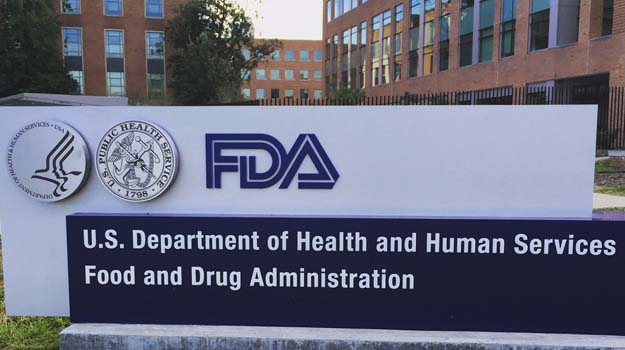March 2, 2015
Sometimes it’s nice to be told what the FDA isn’t going to do. The agency issued a guidance last month that should give anyone building or working with a Medical Device Data System (MDDS) happy and relieved. Can you hear the collective sigh?
FDA defines MDDS as any hardware or software that transfers, stores, converts, and or/displays medical device data. To be considered MDDS, the product cannot modify either the data or its display. It also cannot, by itself, control the functions of a medical device. MDDS is not supposed to be used for active patient monitoring. FDA’s MDDS examples include:
- software that stores patient data such as blood pressure readings for review at a later time;
- software that converts digital data generated by a pulse oximeter into a format that can be printed; and
- software that displays a previously stored electrocardiogram for a particular patient.
The February 9 guidance, building on a June 2014 draft document, advises manufactures, distributors and others involved that it “does not intend to enforce compliance with the regulatory controls that apply to MDDS, medical image storage devices, and medical image communications devices.” Industry should thank the FDA for acknowledging the low-risk nature of such devices. Further, the agency cited the “importance they play in advancing digital health.”
Specifically, the agency is giving out three free passes: MDDS previously subject to 21 CFR 880.6310, medical image storage devices previously subject to 21 CFR 892.2010, and medical image communications previously devices subject to 21 CFR 892.2020.
Comments, or applause, can be sent to the agency at www.regulations.gov. Cite document number 140021. The agency does point out, however, that comments may not be acted upon until the document is next revised or updated.
Stuck for a comment idea? Well, flowers are always nice. People love those big tins of caramel popcorn, too.


